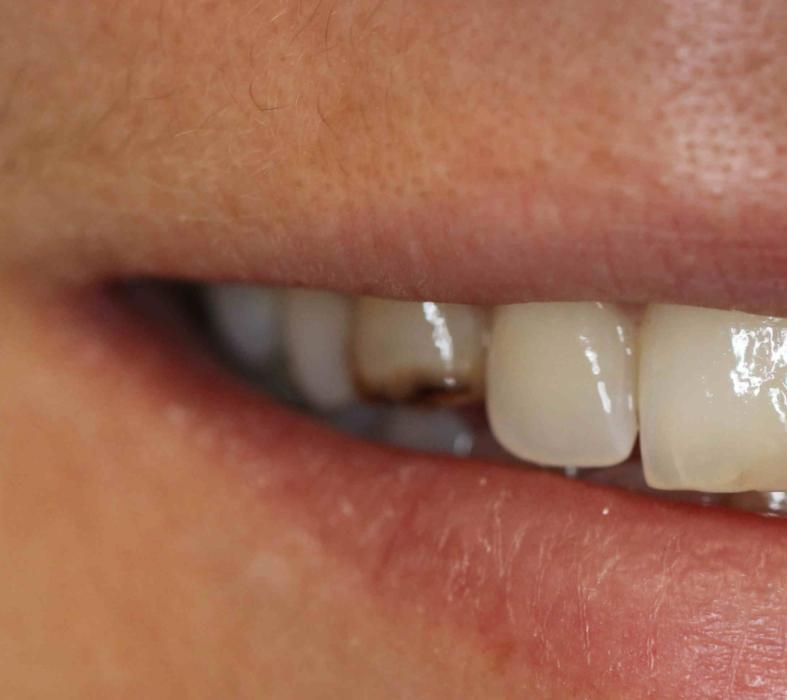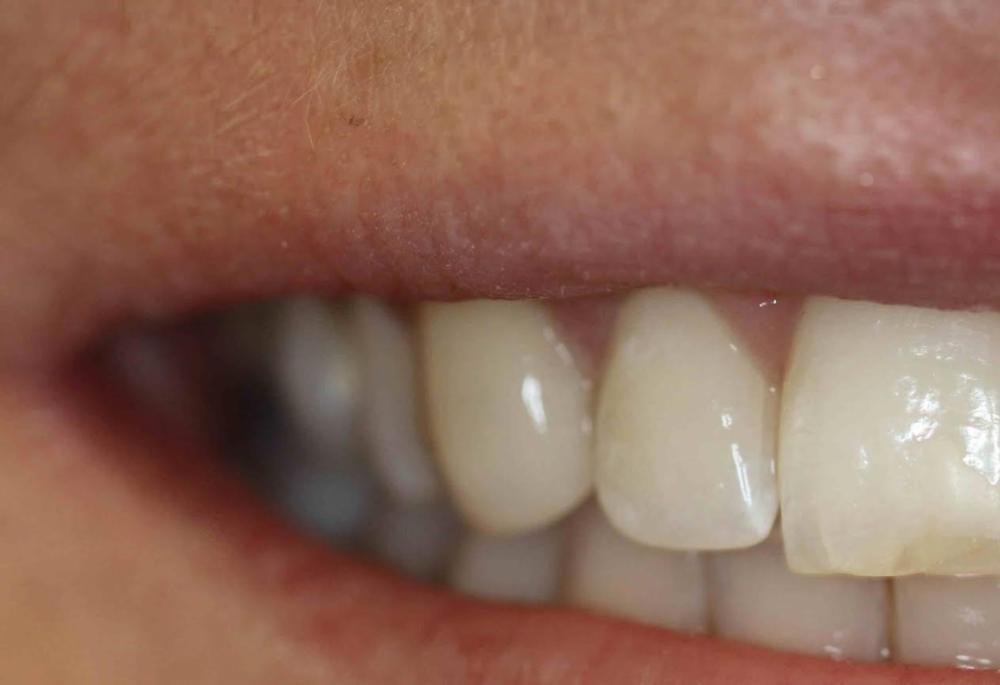Ceramic Veneers
What are veneers?
Veneers are a thin ceramic facing that is cemented in the front of a tooth to improve its appearance. With modern ceramic materials, the veneer can be shaped and coloured in such a way as to match the natural tooth appearance to achieve a highly aesthetic result. They are permanent, lasting up to 15 years, but may need replacing after that.
The reason a tooth requires a veneer can be:
- Staining that cannot be removed (ingrained stains e.g., tetracycline stains)
- The tooth is misshapen and placing a veneer alters the shape to give a more harmonious smile
- The tooth has a history of extensive decay and using standard filling does not give a satisfactory aesthetic result.
- The tooth is not aligned properly with adjacent teeth in the smile and a veneer can
- give the illusion of alignment by making the tooth more prominent.
In most cases, a thin layer of enamel has to be removed from the front of the tooth before the veneer to be cemented on.
A ceramic veneer was placed on this damaged canine restoring the natural smile.


Before: Damaged Canine After: Veneer Placement
What are the Advantages of ceramic veneers?
- Highly aesthetic appearance replicating the colour and translucency of natural tooth enamel
- The ceramic material is highly resistant to staining over time and does not lose its sheen and natural appearance.
- The ceramic material used for veneers is as strong as natural tooth enamel and if used correctly, shows a high resistance to chipping and fracturing. Ceramic veneers can therefore last up to 15 years without failing.
What are the Disadvantages of ceramic veneers? :
- The tooth in most cases, has to have a thin layer (up to 0.8mm thick) of enamel removed from its front surface to allow space for the ceramic veneer. Removal of enamel is an irreversible process which commits the tooth to needing a veneer on a permanent basis.
- In case of extensive fracturing or chipping, a ceramic veneer might not be repairable and need to be replaced.
- Ceramic veneers must be bonded onto teeth that have sufficient enamel. If there is insufficient enamel onto which the veneer can be cemented, it is more likely that the veneer will debond and fail.







